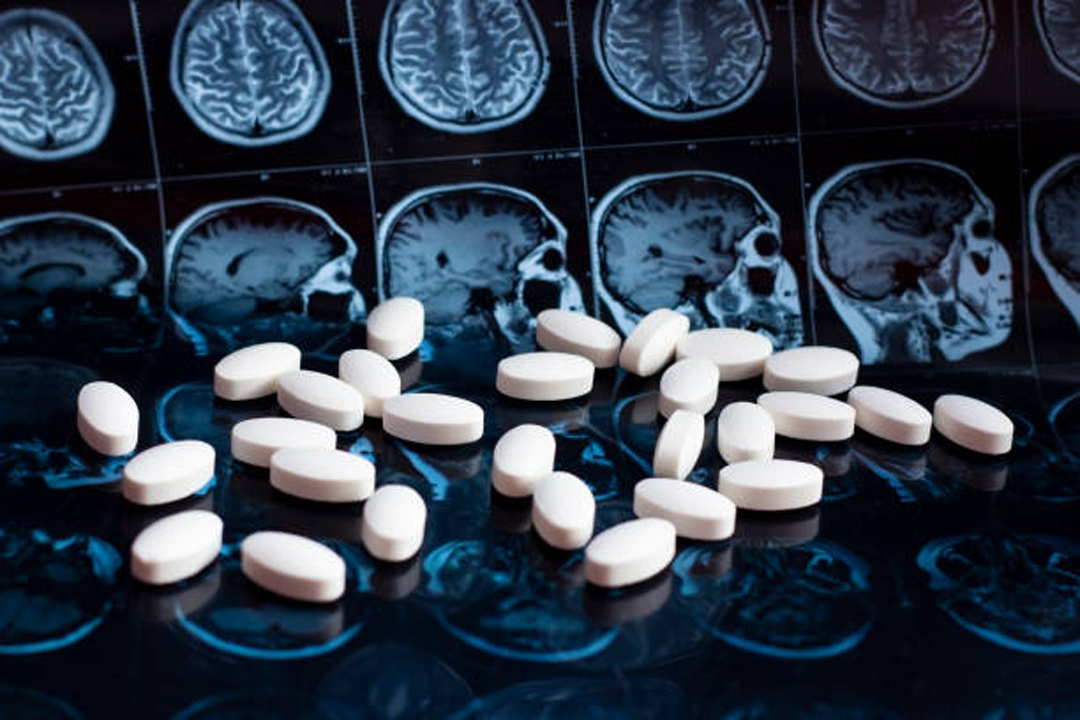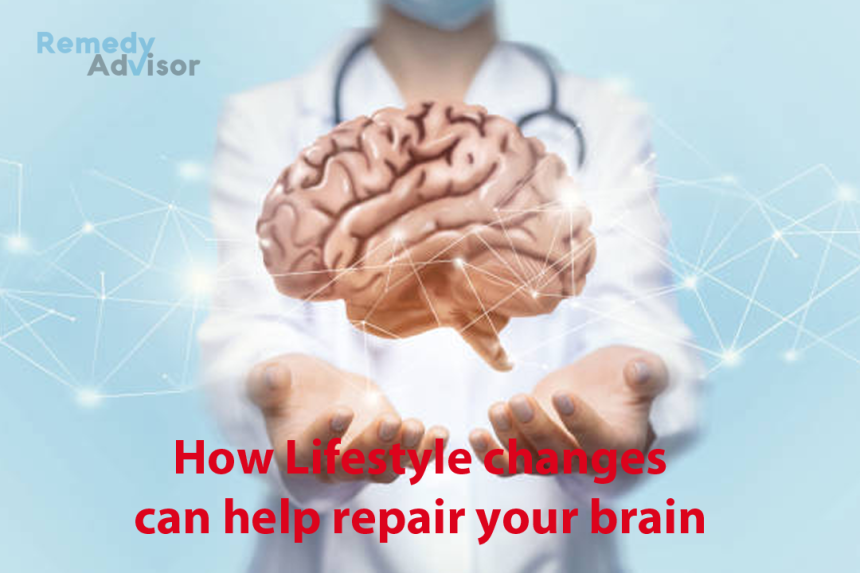Meditation has been used for thousands of years and recent studies show that it can change the structure of the brain. Meditation can increase brain cells in the hippocampus which is important for learning and memory, and can also help to fix the incorrect wiring that causes anxiety, depression, and schizophrenia. Visualizing an action, such as moving a paralyzed limb, can also help the brain rewire itself and improve movement. Research also shows that star-shaped glia cells in the human embryo have the potential to become brain cells, and by changing molecular switches in mature cells, these cells can be used to repair damaged brain cells.
Stem cells are also promising for brain repair and have been used to treat six people who had strokes, resulting in the recovery of limb strength and even speech in one case. There are many ways to improve brain health after an illness or accident, including cognitive therapy, mindfulness, exercise, nutrition, and more. With continued study and development, these therapies and treatments can help to restore brain function and treat neurological conditions.
Thinking the way to Health
Meditation has been used for thousands of years, from the Indian tantras to the Buddhist ceremonies. Recent studies have shown that meditation can actually change the way the brain is built. Studies done at Massachusetts General Hospital have shown that meditating regularly for an average of 27 minutes a day can greatly increase the number of brain cells in the hippocampus. This is a part of the brain that is important for learning and remembering. Other study done at Yale University has shown that meditation may help fix the wrong ways that anxiety, depression, and even schizophrenia are caused by how the brain is wired. There is also proof that just thinking about doing something, like moving a limb that has been paralyzed by a stroke, can help the brain rewire itself and help the person move again. Based on these results, it seems likely that meditation and visualization methods could help treat a wide range of neurological conditions and make the brain work better.
Cellular reprograming
Star-shaped glia cells have been thought of for a long time as just holding the brain together. (hence their name, “glue”). Recent study at Ludwig Maximilians University in Munich, however, has shown that these cells in the human embryo have the potential to become brain cells. Even though the brain loses this power once it is fully formed, scientists have found a way to bring it back by changing the molecular switches in mature cells. By doing this, these cells can be brought back to life and could be used to repair brain cells that have been hurt or killed. Also, scientists at Columbia University have made an exciting discovery by turning skin cells from people with Alzheimer’s disease into nerve cells. This shows a hopeful way to treat brain damage and diseases. These discoveries have a lot of promise to help us learn more about how brain cells grow back and develop new treatments for neurological diseases.
Different varieties of treatments
As our knowledge of the brain keeps growing, more and more treatments have come along that can help the brain heal after illness or stress. There are many different kinds of therapies here, and not all of them are built on cutting-edge technology. Whether it’s cognitive therapy, mindfulness, exercise, nutrition, or something else, there are many ways for people to improve their brain health and get better after an illness or accident. Some of these treatments may be more well-known than others, but study and development are always giving us more information and ways to help the brain heal.
Brain repair kit

Stem cells are known for their amazing ability to specialize and change into different types of cells. This makes them a hopeful way to heal brain injuries. At the Institute of Neurological Sciences in Glasgow, six people who had strokes were treated with stem cells near the parts of their brains that had been harmed. Because of this, the patients recovered a lot of strength in their limbs, and in one case, they were able to speak again. This new development shows how stem cell therapy has a lot of promise for treating neurological conditions and restoring brain function. As more study and development is done in this area, stem cells may be used to treat more brain injuries and diseases.
New for old
When cells in a certain part of the brain stop making dopamine, this is what causes Parkinson’s disease. Researchers at the Sloan-Kettering Institute in New York have made a big step forward by turning stem cells into nerve cells that can make dopamine. The team is now trying to make more of these new cells and is looking into whether or not they could be put into patients. This study has a lot of promise for treating Parkinson’s disease and may give hope to the millions of people who have this debilitating disease. As stem cell research moves forward, we may see more improvements in treating a wide range of neurological diseases.
New function for hormones
When given within four hours of a head injury, the female sex hormone progesterone has been shown to reduce the chance of death and disability by a large amount. In fact, studies have shown that progesterone can cut the chance of dying by more than half and lessen damage to brain cells and swelling in the brain. This interesting finding shows that progesterone could be a possible treatment for people who have had brain trauma. As more study is done, we may learn more about how progesterone helps the brain heal and how it can be used most effectively to help patients.
Coaxing therapy
Even after an accident or stroke, the brain has an amazing ability to change and rewire itself. This makes it possible for movement to return. Constraint-induced movement treatment is a good therapy that was made at the University of Alabama. This method includes keeping a healthy limb from being used. This makes the injured limb have to do more work. The therapy also includes 30 hours a week of intense workouts that are meant to improve strength, balance, and stamina. Constraint-induced movement therapy may help people who have trouble moving because of an accident or stroke by getting the brain to rewire itself and adapt to new ways of moving. As more study is done, we may be able to keep improving this and other therapies that are meant to help the brain heal and get better.
Technology saves the day
In 2006, a serious spinal accident left 25-year-old Massachusetts resident Matthew Nagle paralyzed from the neck down. He used thought control to move a computer cursor, which opened emails and turned on a TV. Matthew was one of the first people to get help from the Brain Gate Neural Interface System. This is an electronic implant that reads electrical signals in the brain, decodes them, and turns them into digital instructions. This allows the brain to bypass damaged pathways and create new ones.
Musical affinities
Music therapy has become one of the best ways to help a brain that has been damaged by a stroke make new nerve connections. Studies have shown that rhythmic music treatment, especially, can help people recover their ability to move in a big way. In fact, when stroke patients were urged to sing and play instruments like the piano or drums to make their own music, their movement got better much faster and in a bigger way. This may be because music therapy uses many different parts of the brain and helps make new links between neurons. So, music therapy may be helpful for people who want to get better after a stroke or other brain condition that makes it hard to move. More study in this area could help to improve and perfect the ways that music therapy is used to help the brain function and recovery.







